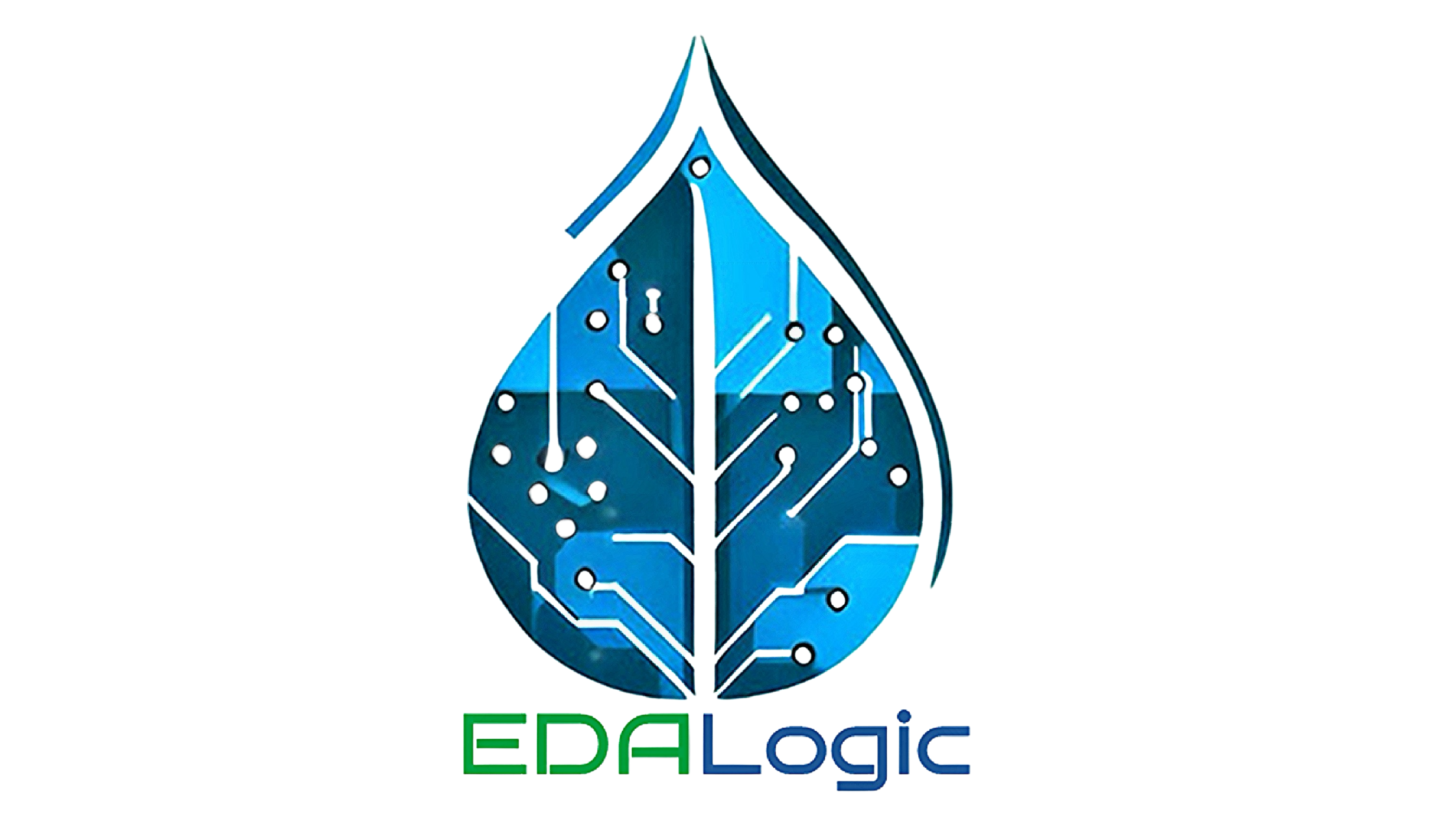Beyond Moore's Law: 3D ICs Paving the Way for Future Computing
For
decades, Moore's Law has been the guiding principle in the semiconductor
industry, predicting a doubling of transistor density on integrated circuits
approximately every two years. However, as the physical limits of traditional
2D ICs are approaching, a new era is dawning upon us with the advent of
three-dimensional integrated circuits (3D ICs). This article explores how 3D
ICs are not just pushing the boundaries but fundamentally reshaping the
landscape of future computing.
The Limitations of Moore's Law: Moore's Law has been the driving force behind the relentless march of progress in computing power, but it's facing inherent physical limitations. The challenges of shrinking transistors to atomic scales and the increasing complexities in power consumption and heat dissipation are becoming insurmountable hurdles. Enter 3D ICs, offering a revolutionary approach to break free from the constraints of Moore's Law.
Architectural Advancements: The key innovation driving 3D ICs is the vertical stacking of multiple layers of integrated circuits. This vertical integration is facilitated by through-silicon vias (TSVs), enabling efficient communication between different layers. Unlike their 2D counterparts, 3D ICs provide a spatial dimension, allowing for increased transistor density, reduced interconnect lengths, and improved overall performance.
Performance Boost and Energy Efficiency: One of the primary advantages of 3D ICs is their ability to significantly enhance performance while maintaining or even reducing power consumption. With shorter interconnects and improved thermal management, these structures enable faster data transfer and computation, making them ideal for applications demanding high-speed processing, such as artificial intelligence and complex simulations.
Applications Across Industries: The versatility of 3D ICs extends across various industries. In data centers, 3D ICs promise to address the growing demand for computational power and data storage, optimizing space and energy consumption. In the realm of mobile devices, the compact form factor of 3D ICs allows for more powerful and energy-efficient smartphones. Moreover, industries like healthcare, automotive, and IoT are poised to benefit from the increased functionality and reduced footprint offered by 3D IC technology.
Challenges and Solutions: While the potential of 3D ICs is immense, challenges exist, such as thermal management, manufacturing complexity, and cost. Ongoing research and development efforts are focused on addressing these hurdles. Emerging technologies like advancements in reliability analysis, advanced cooling solutions, novel materials, and improved fabrication techniques are paving the way for the widespread adoption of 3D ICs.
Looking Ahead: The Future of Computing: As we venture beyond Moore's Law, 3D ICs stand at the forefront of the future of computing. The scalability and adaptability of this technology position it as a cornerstone for innovation in the coming years. From edge computing to quantum computing, the influence of 3D ICs will be profound, setting the stage for a new era of computational capabilities.
In the quest for more powerful, efficient, and compact computing, 3D ICs emerge as the transformative force that goes beyond the confines of Moore's Law. Their potential to redefine the limits of technology makes them a focal point for researchers, engineers, and industry leaders alike. As we navigate the future of computing, the vertical dimension introduced by 3D ICs promises to shape a technological landscape that is both groundbreaking and limitless.

